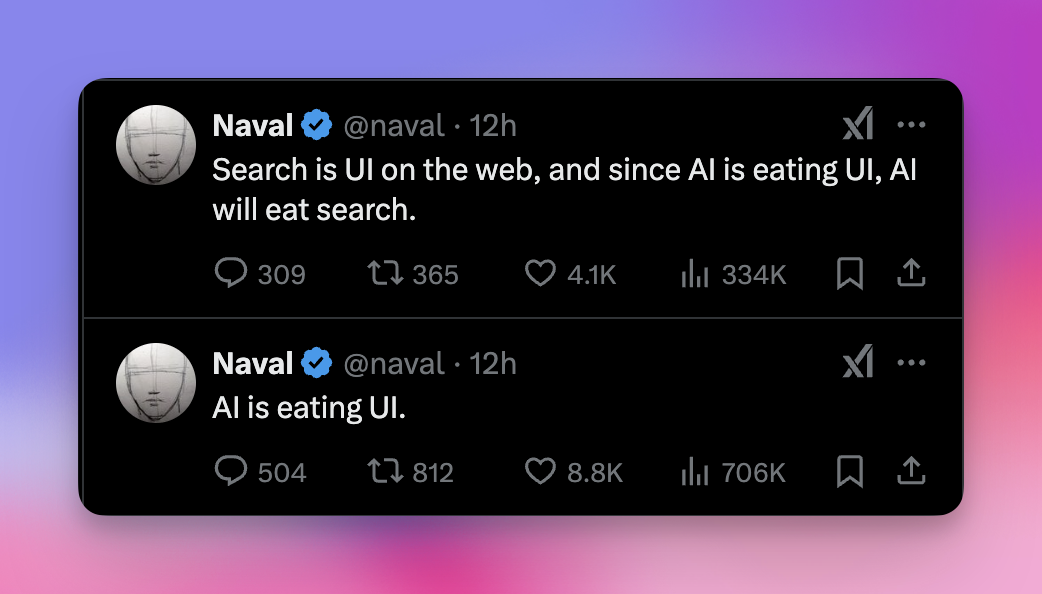
Back in 2015, switching from Photoshop to Sketch was revolutionary – like trading a hammer for a power drill. Today I believe that AI will change human-machine interactions. Historically, designers created interfaces based on the assumption that users alone knew their goals, necessitating multiple decision points. This led to the development of interfaces that presented users with numerous options.
Human-Computer Interaction (HCI) initially adopted a liberal approach, displaying all possible choices on an interface. As the internet evolved, design strategies shifted towards nudge-driven experiences, where certain options were emphasized over others. Systems like reviews, ratings, advertisements, bestseller lists, sponsorships, and top charts were introduced to mitigate choice overload.
We are entering a period where machines will increasingly make decisions for us using a paternalistic approach. Our reliance on these machines will grow, not just for their computational abilities, but for their capacity to learn and mimic our decision-making. While we'll continue to exercise our decision-making power, our interactions with machines will become more dialogue-based and multimodal.
You don't communicate with your friends through cards, buttons, and dropdowns, but through dialogues, and the same would apply for machine communication. Language has gained more prominence than ever before. Electric vehicles don't need to be designed like internal combustion (IC) vehicles, but they started by mimicking IC vehicles to evolve into their own design. Similarly, design in AI would start by mimicking traditional digital interfaces to evolve into its own form.
If you're a designer starting out, learn linguistics, articulation, and systematic problem-solving. Tools are irrelevant and short-lived.